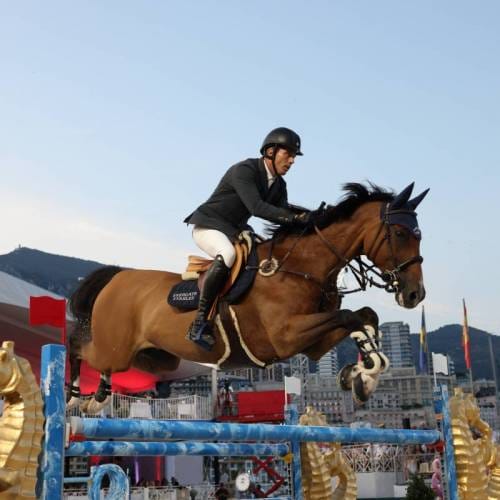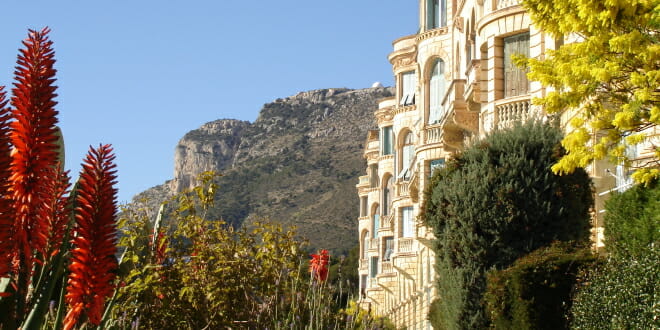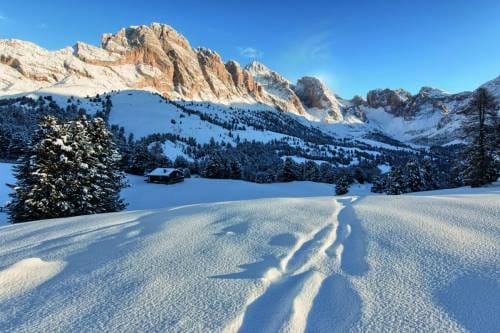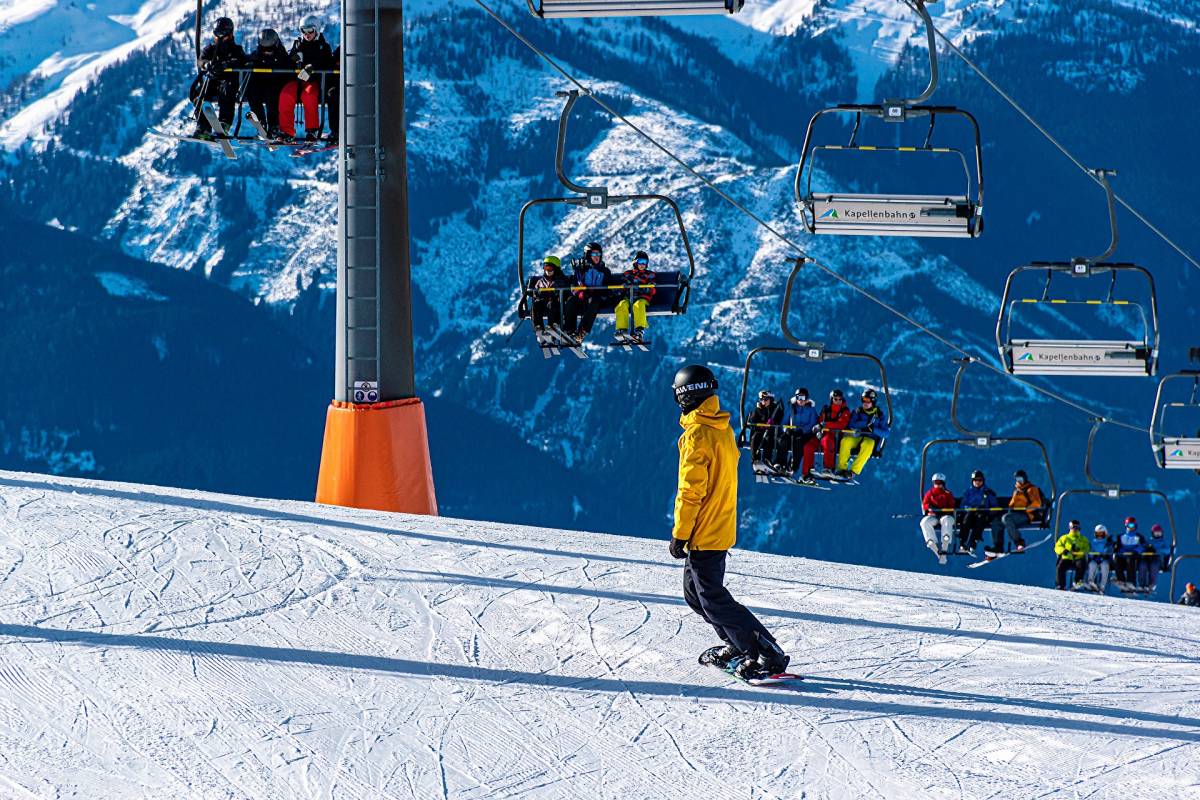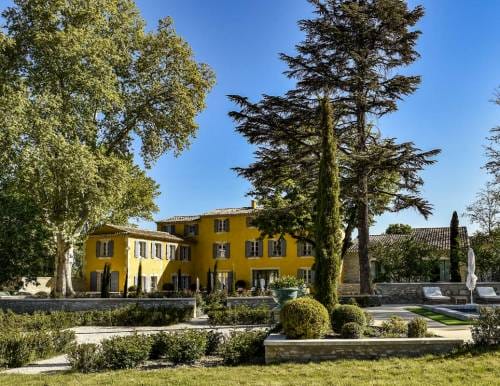In this article, you will learn more about the history of Beausoleil and its relationship to Monaco.
The border between France and Monaco is quite tricky to find. Like a thread, it is intertwined with the French commune of Beausoleil and the Principality. Shop signs and facades are often the only indicators of where you are. The population of Beausoleil is mostly made up of immigrants whose grandparents, the first inhabitants of the city, came here more than a hundred years ago and were not locals. But we must start from the beginning.
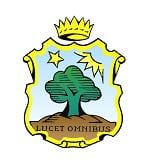
The Beausoleil Coat of Arms mirrors the beauty of its surroundings with the sun, an olive tree and the sky. It reflects the Mediterranean paradise of which the town is a vital part. Prominent colours in the coat of arms include sky blue, silver and gold. What an inspiring motto: «Lucet Omnibus» — it shines for everyone!
The starting point for the development of Beausoleil was the construction of the famous Monte-Carlo Casino, followed by the Hôtel de Paris and other attractions that ensured the prosperity and popularity of the Principality among the wealthy tourists of that time.
While Monaco was growing and blooming, it was the opposite on the other side, in Piemonte which is Italian. In 1884 the province of Cuneo was seized by a cholera epidemic. Famine swept the region and the local population had no choice but to flee. Some left for America, but most settled in France, in the Alpes-Maritimes, in particular.
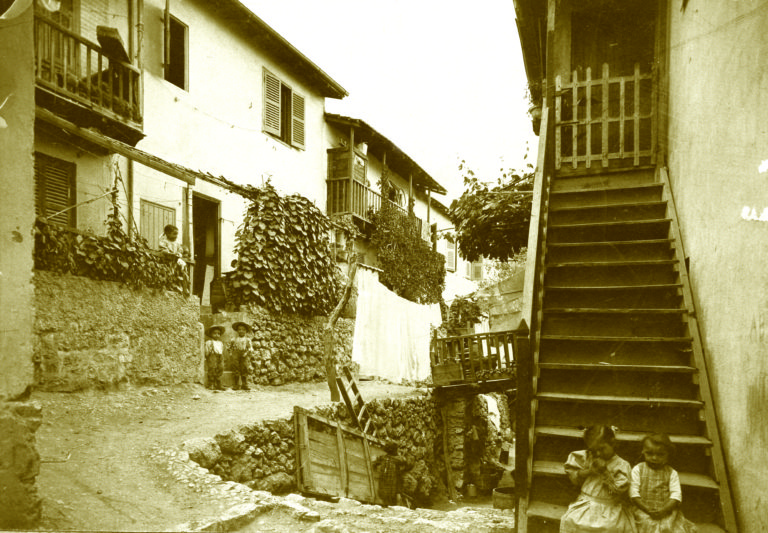
In order to survive, people were happy to take any job. Monaco was a big construction site and spare hands were in high demand. The Piedmontese thus settled in the Carnier quarter, the closest neighbor to Monaco, still serving as a division point between the Principality and France.
At that time, there was a crisis in olive oil production and the prices plummeted as a consequence. Most landlords, particularly the Blanc family, were seeking a way to keep the prices up. The construction of a new city was thus launched which was to become «upper» Monte-Carlo.
Camille Blanc introduces Beausoleil
The idea of building a new city was a brilliant one, but no one had been put in charge there. The municipal council of La Turbie that owned the Carnier area was divided into two camps: one supporting and the other opposing the project. After all, the construction of a new city essentially meant its separation from La Turbie. That’s when Camille Blanc came into the picture.
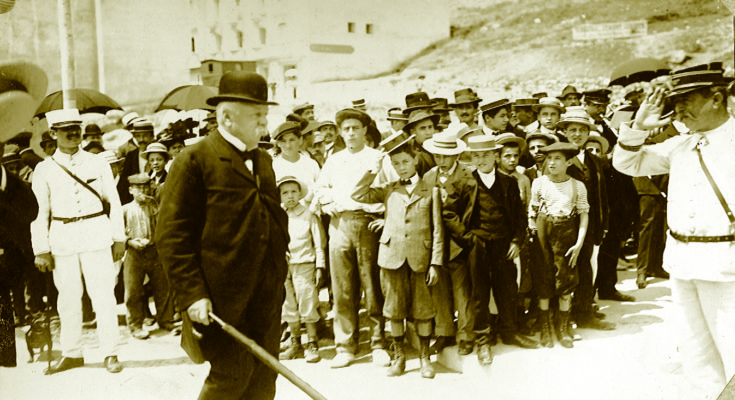
Born in 1847 in Paris, he was the son of none other than François Blanc, the founder of the Monte-Carlo Casino and the SBM company. In 1887, after the death of his father, Camille took over his post.
As the elected Mayor of La Turbie, he asked the French government to separate the new city from the commune and received permission to do so.
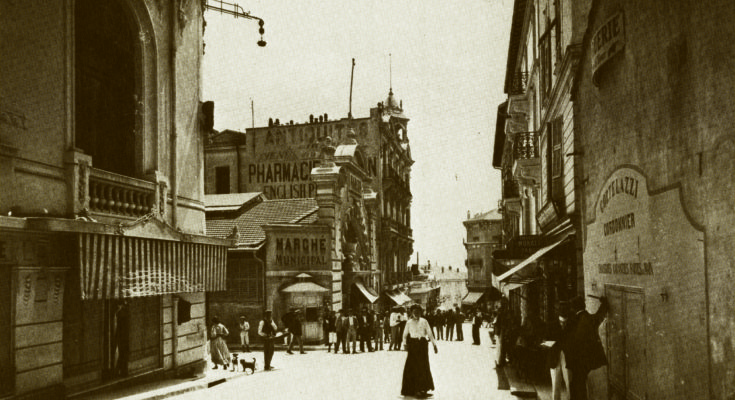
On November 12, 1903, the municipal council voted for the new city to be named Beausoleil or «beautiful sun». Montfleury and Beauséjour were among some other options. Beausoleil could have also been called Monte-Carlo Supérieur (or Upper Monte-Carlo). The inhabitants of the Principality, however, rebelled against any such link to the Monte-Carlo name. In 1898 Camille Blanc founded a real estate company called Monte-Carlo Supérieur. From this came the opinion that the new city would become the second Monte-Carlo.
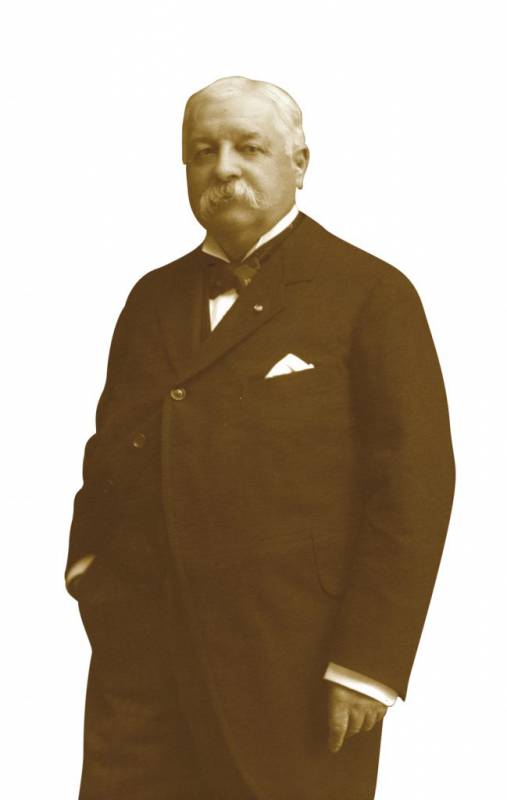
On April 10, 1904, the President of the French Republic, Emile Loubet, signed a decree officially introducing the new commune of Beausoleil. On 8 May, Camille Blanc was elected mayor, a post which he retained until 1925.
Expansion of the city
Over just a few years, Beausoleil made an incredible amount of progress in both its demographic and economic development. Between 1904 and 1921, its population nearly doubled. The town was expanding and its infrastructure was as well. First a school, a mayor’s office, two casinos, hotels… The First World War suspended the construction work which was renewed later in 1930.
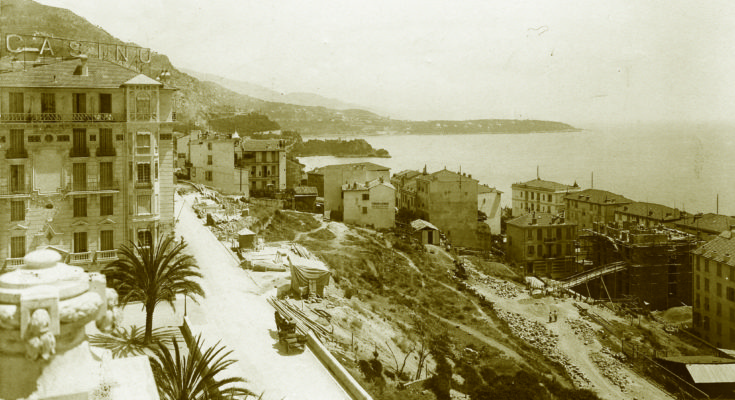
Over this time, many beautiful buildings were constructed in Beausoleil that still remain among its defining features and major attractions. St. Joseph’s Cathedral is one of them. Its first stone was laid on February 16, 1913. However, it was only opened to the public 10 years later. This is also the only major church in the region that bears the name of St. Joseph.
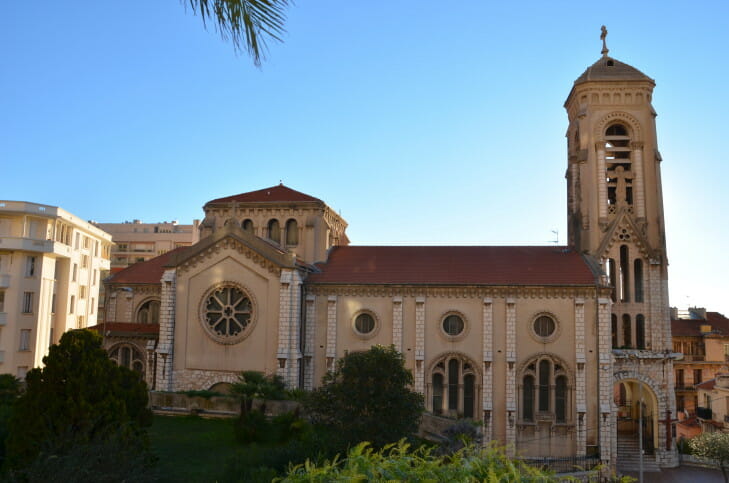
The building was designed by Paul Lajoie, an architect and a member of the Municipal Council, in a neo-Romanesque style. Its beauty lies in the particular harmony of its proportions. The architectural composition of the church is rather unusual: it consists of a main building and a high tower with a gable roof crowned by a cross. It is also famous for its huge stained-glass windows made by French glassblowers — Maumejean brothers and Charles Champigneulle. The church was raised to the rank of a Cathedral on March 15, 1936. Beausoleil citizens hold an annual celebration in honour of their patron saint on March, 19, the Feast of Saint Joseph.
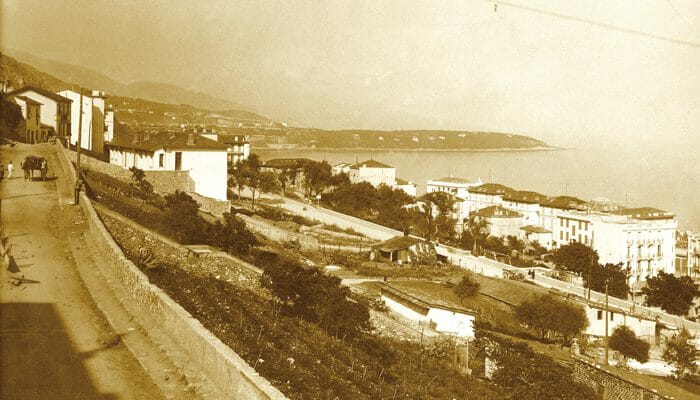
The Riviera Palace
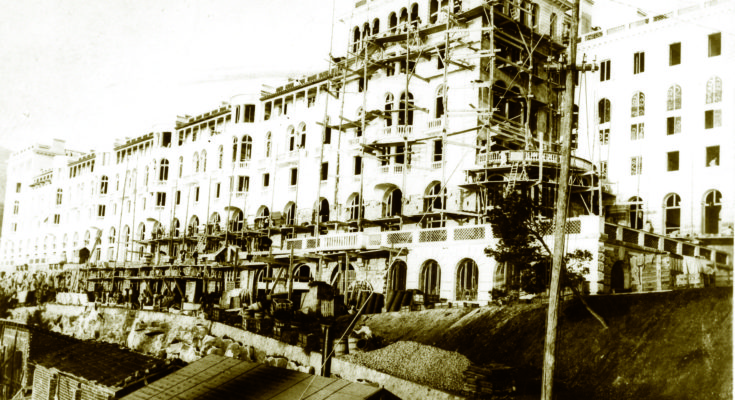
The Riviera Palace hotel, which offers the best panoramic views over Monaco and the entire Côte d’Azur, is the most famous place in Beausoleil. The building was commissioned by CIWL (Compagnie Internationale des Wagons-Lits) and the project was executed by the architect Georges Chédanne. Its construction began in 1898 and the building has an eclectic style typical of the Belle Epoque. The facades are painted with a special ochre pigment and the balustrades are decorated in blue majolica.
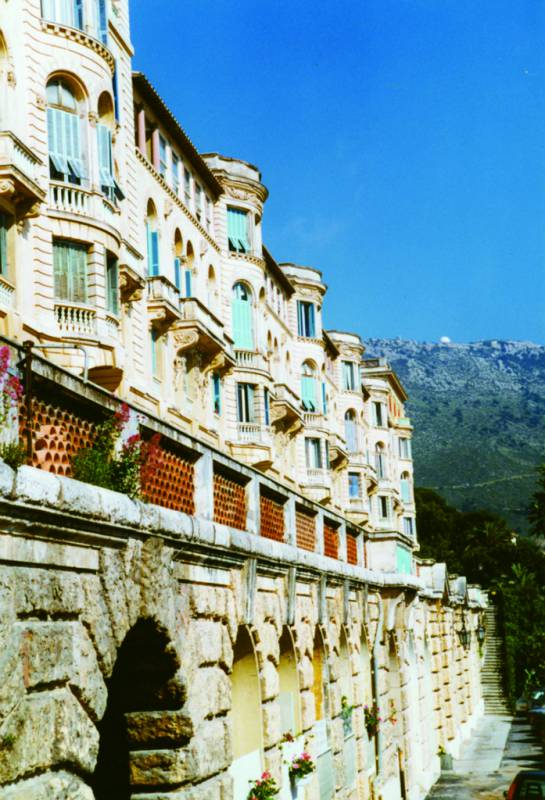
Its main decoration is the Winter Garden, exceptionally large at over 900 m2 ,with subtropical plants in bloom and a rockery of incredible beauty. The dome of the Winter Garden was designed by world-famous Gustav Eiffel. In 1989, the Riviera Palace was added to the list of special buildings of architectural merit as part of the Historical Heritage of France.
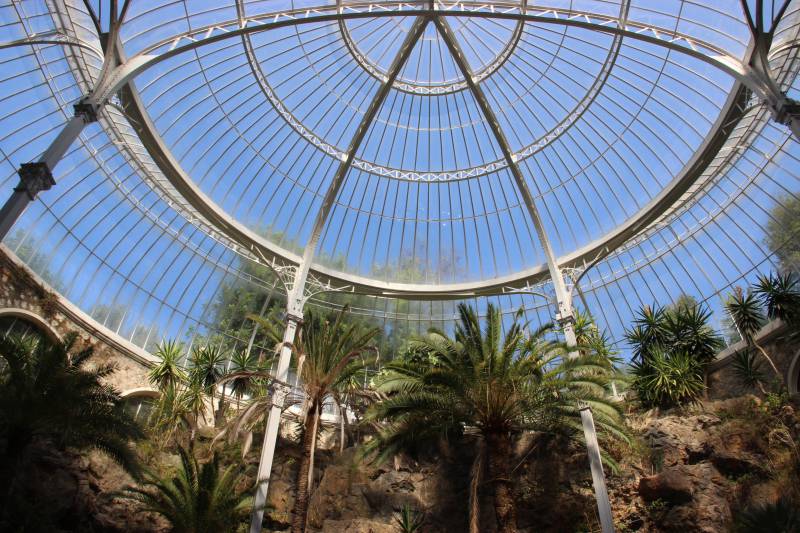
City Market
A market can hardly be called a tourist attraction. However, it is one of the most popular places in Beausoleil. Even famous Monaco chefs are known to do their grocery shopping here.
Before the construction of Beausoleil, lower La Turbie only had a few shops and market stalls. Back then the municipality could not afford to buy a market space in the city centre, as the price per square metre was too high. The only solution was to find someone to construct a market building at their own expense. A businessman and factory owner, Augustin Jean Trabut, was the man for the job.
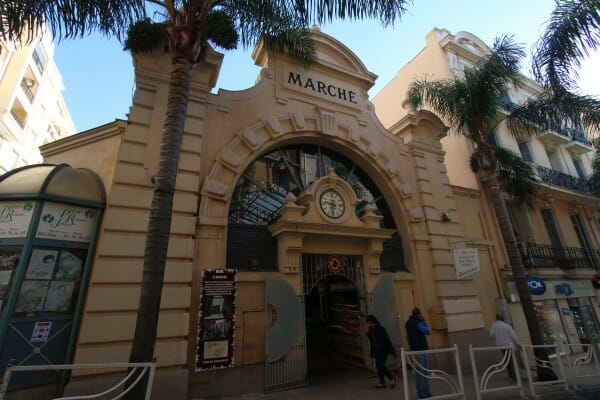
On November 1, 1902, the huge market opened its doors. At that time it occupied a surface of 750 m2. The building itself was made of stone, iron and wood. According to the municipal agreement, 30 years later the land plot was to remain in the ownership of the concessioner. However, the city reserved the right to redeem the property for its initial price. 30 years later, the city council decided to exercise its right and naturally was refused by the owners, since the price of the site rocketed over this time. The city filed a lawsuit and won the trial. The market became its property.
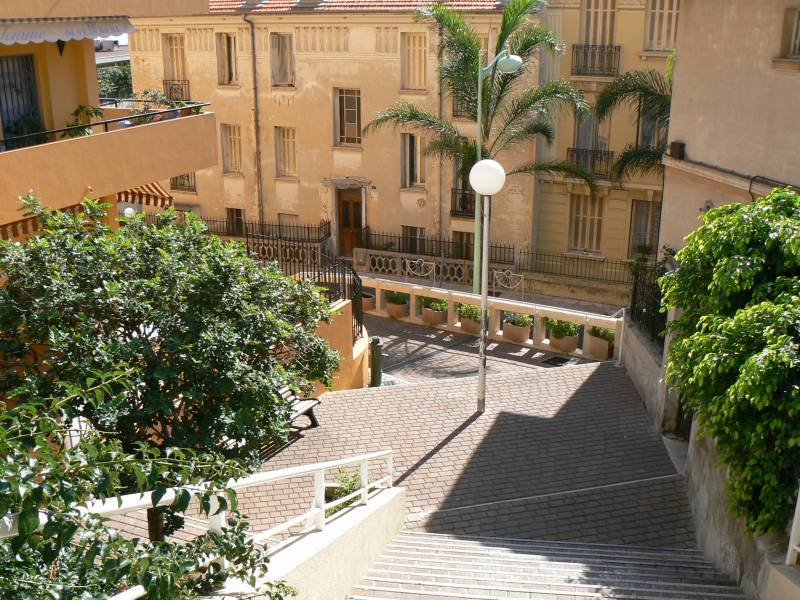
Beausoleil has a number of incredibly beautiful places to visit. You can stroll through the picturesque streets of the city. But to truly understand Beausoleil, one must look into the eyes of its citizens. A city is not just about its buildings, squares and parks. First of all, it is about the people who live there. Once you are on the streets of Beausoleil, you will be greeted by warm smiles, children’s laughter and neighbors unanimously discussing the topical news. Life is in full swing here, maybe not as smooth as in Monaco, but warm and sunny, just like the city’s name.
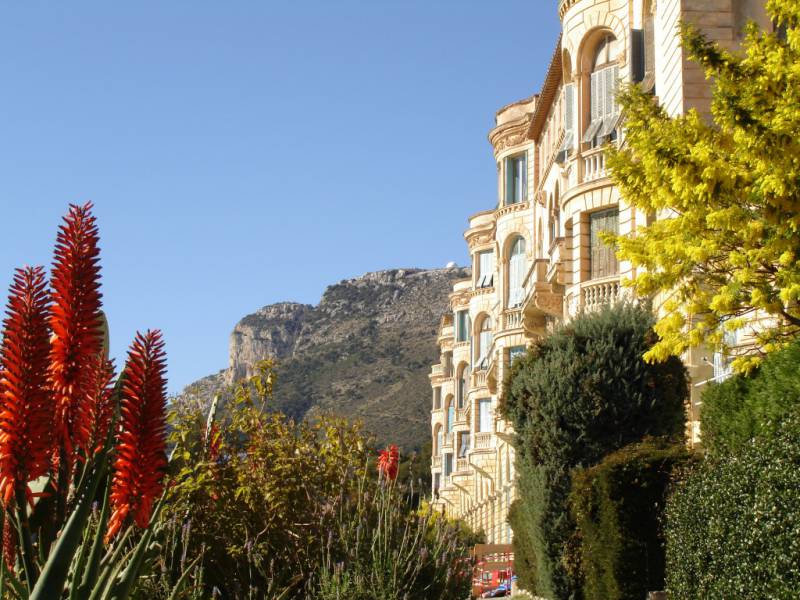
In short, Beausoleil has an interesting and long history in terms of its relationship to Monaco, and when you visit you will easily be delighted by its many charms.

